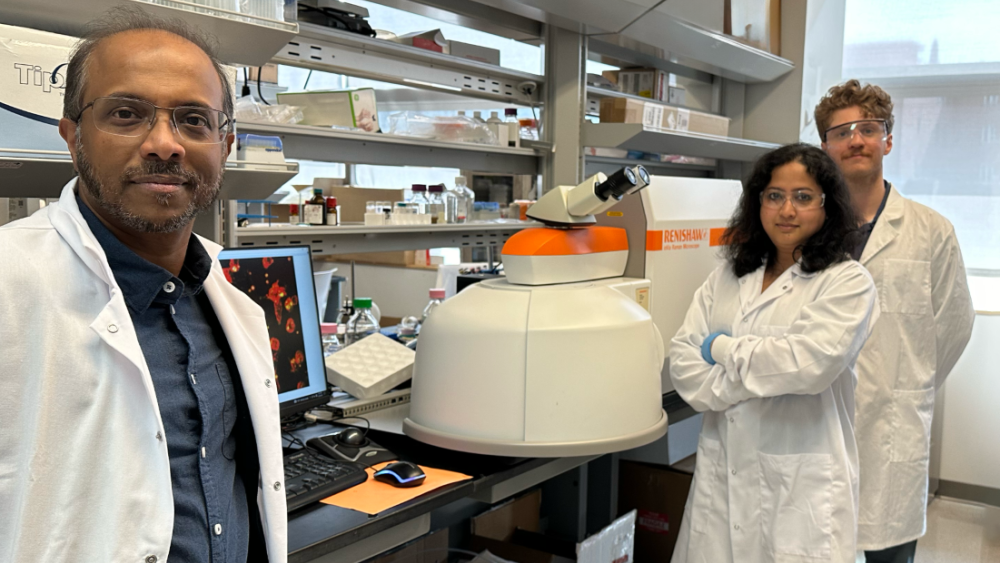
Researchers at Penn State have made a significant discovery in the field of nanotechnology by creating a new two-dimensional material known as borophene. Borophene has shown to have enhanced properties compared to graphene, including being thinner, more conductive, lighter, stronger and more flexible. The researchers have now added chirality to borophene, a quality that was previously not explored in this material. This new development could lead to advancements in sensors and implantable medical devices as chirality allows borophene to interact uniquely with biological units like cells and protein precursors.
Dipanjan Pan, the team leader, published their findings in ACS Nano, marking the first study to investigate the biological interactions of borophene and the first report of adding chirality to borophene structures. Chirality refers to the asymmetry in physicality seen in molecules, such as the difference between left and right hands. This quality creates two versions of biological or chemical units that cannot perfectly match each other, similar to left and right mittens. While they can mirror each other accurately, a left mitten will never fit the right hand as well as it fits the left hand.
According to Pan, borophene is a highly intriguing material due to its similarities to carbon in terms of atomic weight and electron structure but with even more exceptional properties. Researchers are just beginning to explore the potential applications of borophene and adding chirality could open up new possibilities for this fascinating material. This novel research has the potential to revolutionize the field of nanotechnology and pave the way for innovative technologies in the future.
In conclusion, researchers at Penn State have made an exciting discovery by creating a new two-dimensional material known as borophene that has enhanced properties compared to graphene. The addition of chirality has opened up new possibilities for this fascinating material that could lead to advancements in sensors and implantable medical devices. This novel research has the potential to revolutionize the field of nanotechnology and pave






